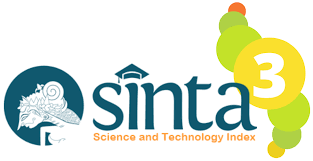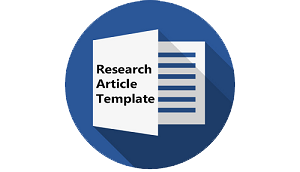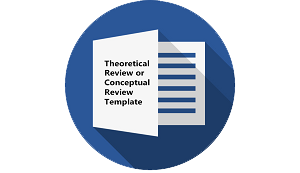EFEKTIFITAS MEDIA VIDEO PANORAMA DENGAN STRATEGI METAKOGNITIF DALAM PEMBELAJARAN MENULIS TEKS DESKPRIPSI SISWA KELAS VII SMPN 1 KARANGPLOSO
DOI:
https://doi.org/10.30957/lingua.v13i2.178Keywords:
effectiveness, panoramic video media, integration strategy effectiveness, integration strategy, metacognitive, write the description textmetacognitive, write the description textAbstract
Â
The purpose of this study is to describe the effectiveness of video to teach descriptive text in terms of content of idea of the text, organization, and accuracy of language use. This study uses a quantitative approach using an experimental class and no class control. Data were analyzed using t-test. The results showed that the application of video media panorama in learning to write text descriptions have demonstrated the effectiveness and improve the learning outcomes of students of class VII SMPN 1 Karangploso in the academic year 2015/2016.Â
Â
Downloads
Download data is not yet available.
Downloads
Published
2016-08-03
How to Cite
Lestari, S. (2016). EFEKTIFITAS MEDIA VIDEO PANORAMA DENGAN STRATEGI METAKOGNITIF DALAM PEMBELAJARAN MENULIS TEKS DESKPRIPSI SISWA KELAS VII SMPN 1 KARANGPLOSO. LINGUA: Jurnal Bahasa, Sastra, Dan Pengajarannya, 13(2), 231–240. https://doi.org/10.30957/lingua.v13i2.178
Issue
Section
Articles
License
Authors who publish with this journal agree to the following terms:
- Authors retain copyright and grant the journal right of first publication with the work simultaneously licensed under a Creative Commons Attribution-ShareAlike 4.0 International License that allows others to share the work with an acknowledgement of the work's authorship and initial publication in this journal.
- Authors are able to enter into separate, additional contractual arrangements for the non-exclusive distribution of the journal's published version of the work (e.g., post it to an institutional repository or publish it in a book), with an acknowledgement of its initial publication in this journal.
- Authors are permitted and encouraged to post their work online (e.g., in institutional repositories or on their website) prior to and during the submission process, as it can lead to productive exchanges, as well as earlier and greater citation of published work (See The Effect of Open Access).















